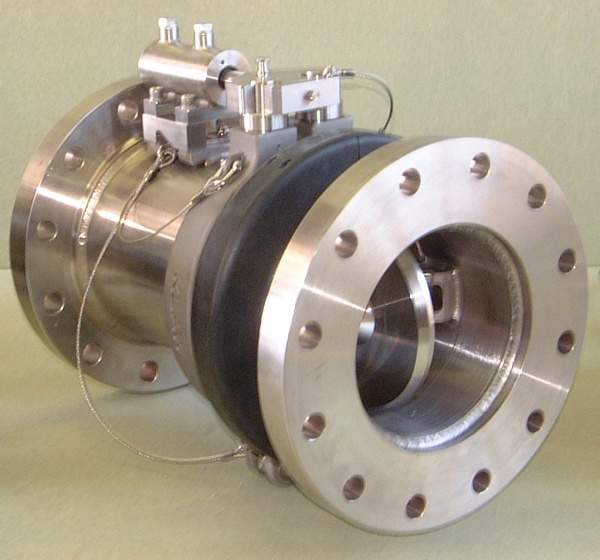In an era dominated by digital communication, email has become an integral part of our daily lives, facilitating seamless connections across the globe. However, with the growing importance of email, concerns about privacy, security, and online investigations have escalated. This has given rise to a fascinating field known as reverse email discovery—a process that involves unraveling the secrets concealed behind an email address. To crack the code of reverse email discovery, one must delve into the intricate web of digital footprints, metadata, and online traces left by individuals. Understanding the mechanics of this process unveils the powerful tools and methodologies employed by cybersecurity experts, investigators, and even the curious layperson who seeks to demystify the sender’s identity or verify the legitimacy of an email. At its core, reverse email discovery hinges on the ability to trace the origins and attributes associated with an email address.
This involves scrutinizing the header information embedded within an email, a digital breadcrumb trail that contains valuable details about the sender’s system, location, and the path the email took to reach its destination. Skilled practitioners can decipher this information, unveiling the IP addresses, server routes, and timestamps that paint a comprehensive picture of the email’s journey through the vast expanse of the internet. Moreover, metadata within emails, such as the sender’s device type, operating system, and even the email client used, reverse search email can be instrumental in narrowing down the potential suspects. The process extends beyond the confines of the email itself, venturing into the broader online landscape. Social media platforms, forums, and public databases serve as gold mines for information that can be cross-referenced with email data. By employing sophisticated search algorithms and data analysis techniques, reverse email discovery practitioners can link seemingly disparate pieces of information, unveiling the digital persona behind the email address? This not only aids in identifying individuals but also in understanding their online behavior, affiliations, and potential motives.

While reverse email discovery holds immense potential for legitimate investigative purposes, ethical concerns inevitably arise. Striking a delicate balance between privacy and the need for accountability becomes paramount. Legislation and ethical guidelines must evolve alongside technological advancements to ensure responsible and lawful use of these techniques. Moreover, the evolving nature of digital communication demands continuous adaptation of reverse email discovery methodologies to keep pace with encryption technologies, anonymization tools, and evolving online platforms. In conclusion, the secrets of reverse email discovery lie in the intricate dance between technology, data analysis, and ethical considerations. Unraveling the mysteries concealed behind an email address requires a deep understanding of digital footprints, metadata, and online behaviors. As we navigate this complex terrain, it is crucial to recognize the dual nature of these tools—potent instruments for both justice and potential intrusion.

 The significance of
The significance of